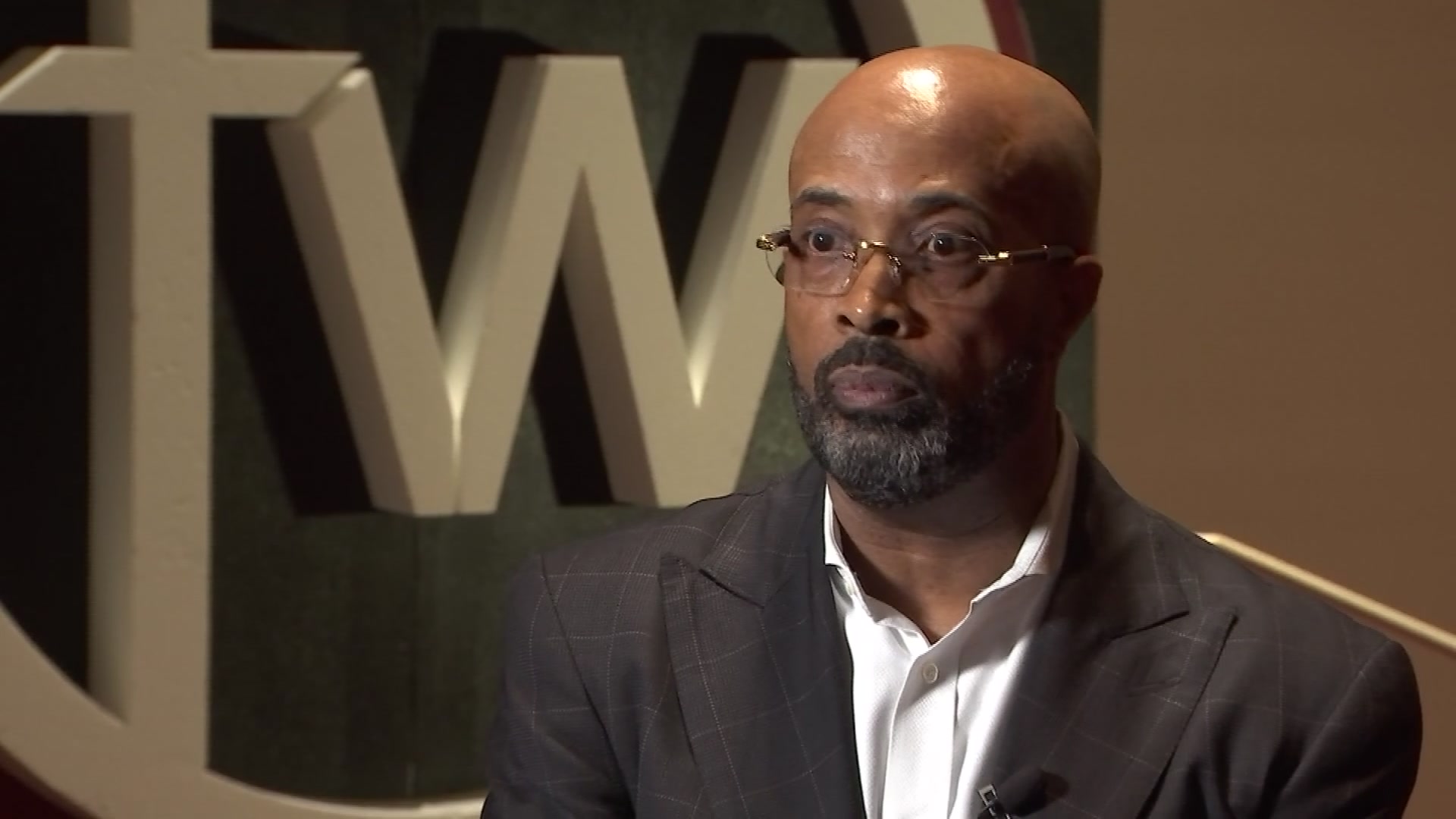The Dallas City Council moved closer to picking its new council district map Saturday after a four-hour public meeting.
The mayor and council listened to public comments for nearly two hours, as 80 people registered to speak at the meeting.
While no final decision on a map was made, the speakers' comments highlighted several areas of public concern. The most notable concern is that the Redistricting Commission's suggested district map reduces the number of majority black districts from four to three.
Marvin Crenshaw and Roy Williams were among the most outspoken against that map and in favor of one called 16D Amendment 1. Crenshaw and Williams were the original plaintiffs in the 1988 Voting Rights lawsuit that created the city's current district system.
Crenshaw said that while they support the growth of Hispanic districts from four to five districts, it is should not happen at the cost of a black district.
"That means we're going back," he said. "We're not going to let them take one seat from us that they don't have any reason to do."
Crenshaw said the Department of Justice ultimately would not accept the plan if the number of majority-black districts is reduced.
The other plan that received the most public support was Map 3C, brought forward by Mayor Mike Rawlings and designed by Dallas resident Bill Betzen.
Rawlings said Map 3 works because it is tight and compact and has the strongest minority numbers in each district.
"When I look at all the maps, this one did the best job of that," Rawlings said. "It was definitely the tightest."
Betzen agreed that it strengthens the existing black districts, but said he supports it because it has a greater likelihood of lasting well beyond the next Census.
Local
The latest news from around North Texas.
"I want that map to continue working 10 years, 20 years, 30 years," Betzen said. "I don't want major changes to be done in 30 years; I want a stable map that doesn't change."
Many people also said they were frustrated with the process of the public meeting. Some challenged Rawlings over the rule that allowed public speakers only one minute each to give their opinions.
"I'm physically disturbed by the fact that you wanted to hear what the citizens wanted to say and then to limit us," said Sandra Crenshaw.
"Mr. Mayor I'm disappointed at you," Williams said. "An issue this important, and we're only getting one minute to speak -- that's not fair. That's not justice."
But several council members said they felt the meeting was positive. They said they're on the right path to picking a map in the next two weeks.
"We're going to take that map (recommended by the commission), put an overlay and do some tweaking and make sure we have at least four winnable black districts," Deputy Mayor Pro Tem Tennell Atkins.
"But with the tweaks, we'll try to satisfy as many concerns as possible," Councilwoman Sandy Grayson said. "I just don't know if we'll be able to satisfy all concerns."
"We had a good meeting today," Councilman Dwaine Caraway said. "And we're right there to be able to deliver on all the concerns that we heard, and now we just got to put them altogether where they make sense."
In addition to the issue of four black districts, other concerns raised at the meeting included Hispanic growth being represented, fair representation and neighborhoods staying together.
A final map must be picked by Oct. 15. Atkins said he believes a vote could come as early as one week from Wednesday.



